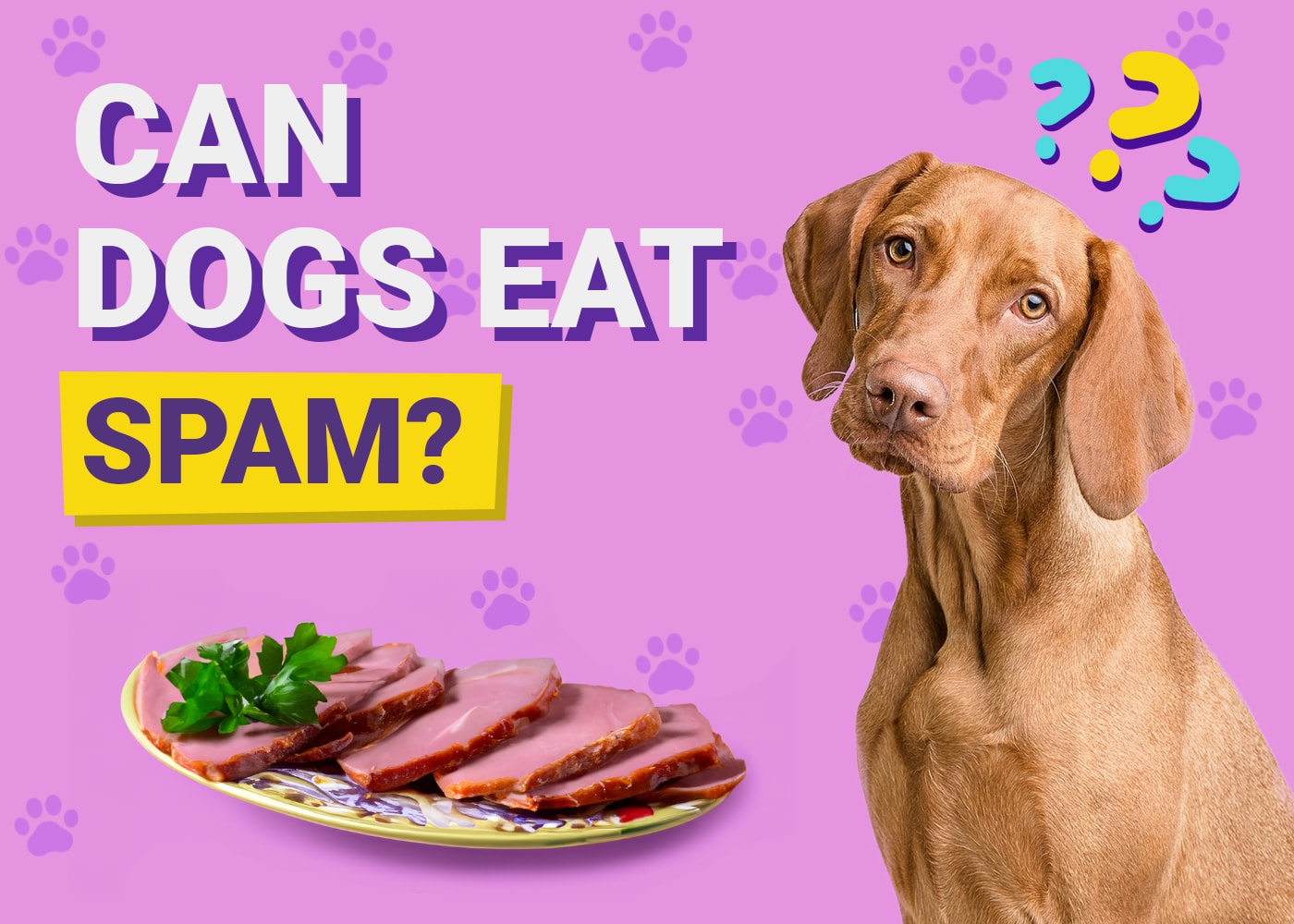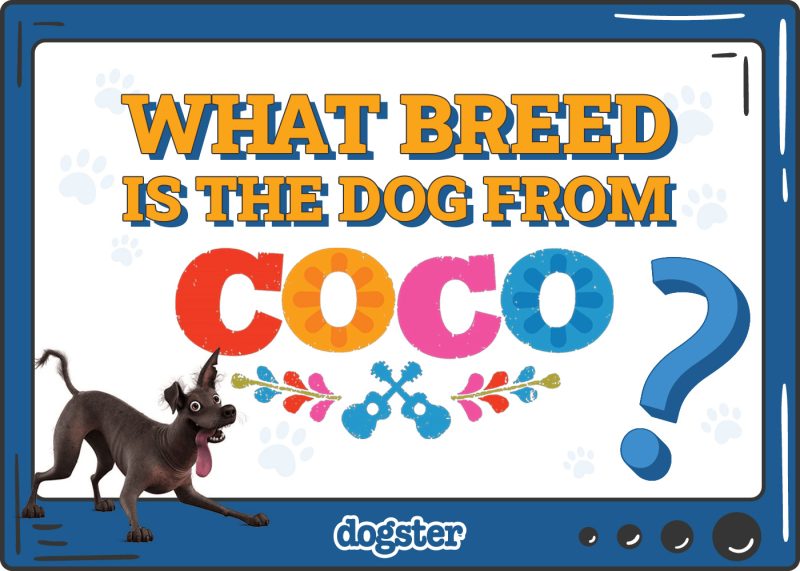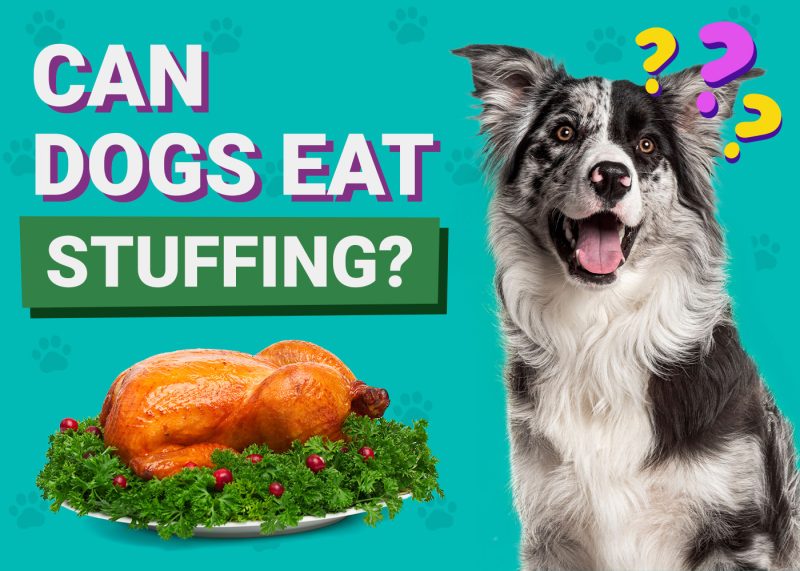In this article
View 2 More +Protein is an important part of a healthy dog’s diet, and there are few protein sources that are as beneficial as meat. Whether you feed your dog chicken, beef, salmon, or other animal-based protein, you can keep your dog healthy and happy with a protein-rich diet. However, not all meats are good for your dog to eat. In the case of Spam, it is best to leave it in the can.
Spam is not a healthy meal for your dog and should not be fed to your pet, even as a treat. But why? If Spam is primarily made from meat, it would make sense that your dog could snack on it now and then. To learn more about why Spam is not recommended for canine consumption, keep reading below.

What Is Spam?
You likely know that Spam is a meat product packaged in a square-shaped tin, but what ingredients are in a can of Spam? The classic Spam flavor is a savory combination of sweet and salty, with ingredients that have remained relatively unchanged since its conception.
- Pork and ham meat mixture
- Salt
- Water
- Potato starch
- Sugar
- Sodium nitrate
- Food preservative
The sodium nitrate and food preservatives alone are enough to put red flags in any dog owner’s mind. Neither sodium nitrate nor food preservatives are vert appropriate for dogs to consume, and in large quantities, they can be lethal. However, there are many more issues with spam than just these two ingredients.

Why Is Spam Unsafe for Your Dog?
Spam is not healthy for your dog for two significant reasons: the high sodium content and the high fat content.
High Sodium Content
While salt is responsible for regulating bodily fluids and helping organs to function properly, too much salt can lead to significant health issues. Since most commercial dog foods provide enough salt for your dog, there is no need to add salty snacks to his meal. In fact, adding these salty foods (such as Spam) can elevate your dog’s blood pressure, increasing the risks of heart disease.
Salt toxicity, or salt toxicosis, is a serious condition that can lead to gastrointestinal distress. However, it is a rare condition, and if you feed your pet high-quality dog food and provide quality care, he’s unlikely to contract the condition. In the worst cases of salt toxicity, your dog may suffer from seizures and even death. For this reason, salt toxicity is considered an emergency that requires urgent veterinary treatment.
- Lack of appetite
- Vomiting
- Diarrhea
- Lethargy
- Poor coordination
- Excessive thirst and urination
- Tremors
- Seizures
As the condition progresses and worsens, the seizures become more taxing. This can cause your dog to fall into a coma and die. Therefore, reaching out to your vet at the first sign of danger is essential.
If you need to speak with a vet but can't get to one, head over to PangoVet. It's our online service where you can talk to a vet online and get the advice you need for your pet — all at an affordable price!
High-Fat Content
Fat, like salt, is often stereotyped as strictly unhealthy. In reality, certain fats are essential to the health of your dog. By feeding your dog food that meets the guidelines set forth by the Association of American Feed Control Officials (AAFCO), you can ensure that you provide a decent amount of healthy fats in his diet. Therefore, there is no need to supplement his meals with other fatty foods.
Feeding your dog unnecessary high-fat foods can contribute to serious medical conditions such as obesity and pancreatitis.
Pancreatitis is a potentially life-threatening condition in which the pancreas becomes inflamed due to an early activation of digestive enzymes. Essentially, the pancreas is digesting itself and surrounding tissues. Signs of acute pancreatitis (or sudden-onset pancreatitis) include:
- Extreme lethargy
- Abdominal pain
- Frequent vomiting
- Dehydration
- Loss of appetite
The health risks of feeding your dog fatty food like Spam are too high to be worth the temporary treat. Therefore, it is best to avoid it altogether.

Frequently Asked Questions
It is understandable if you have a lot of questions about feeding Spam to your dog. In this section, we’ll answer some of the most frequently asked questions.
Are There Alternatives to Spam That I Can Feed My Dog?
If you are looking strictly for a meat alternative, you can feed your dog plain, boneless, boiled chicken or turkey. Although it may sound bland to you, it is a delicacy to your dog, and it’s healthy, too!
Additionally, you can purchase canine treats. Blue Buffalo’s True Chews Premium Jerky Cuts Natural Turkey Dog Treats are ideal for those who want to feed their dog a safe and tasty treat.
Are Any Flavors of Spam Suitable for Dogs?
Spam comes in various flavors, none of which are suitable for your dog. In fact, some of them are even worse for canines than the classic Spam. A good example is the garlic-flavored Spam. Garlic is highly toxic for dogs, and garlic-flavored food should be avoided.
What to Do if Your Dog Has Eaten Spam?
Since Spam is so unhealthy for your dog, it is natural to be concerned when you notice he has snacked on some. How you approach this issue will depend on the situation.
If your dog stole a small bite (small being relative to the size of his breed), he should likely be fine. Simply observe him and make sure that he is not displaying any worrying signs of illness. On the other hand, if he ate a lot of Spam, you should reach out to your vet as soon as possible.

Conclusion
The recipe for Spam has barely been altered in its decades-long history, which is unfortunate if your dog begs you for it when you’re eating it. Although Spam is made from meat, it is not a suitable treat for your dog. The preservatives and sodium nitrate make it questionable at best, and the high sodium and fat content only make it worse. Thankfully, there are plenty of meat alternatives to Spam that you can safely feed your dog, such as chicken, turkey, or dog treats.
Featured Image Credit: jreika, Shutterstock


















